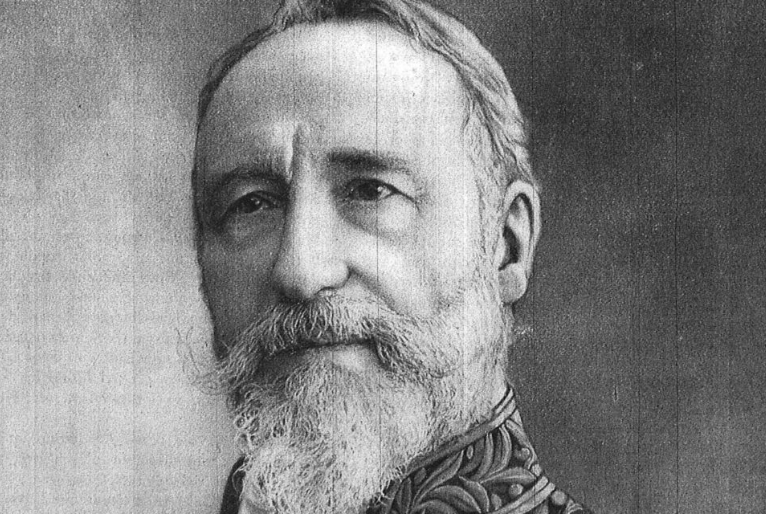Théodore Dubois (1837–1924) was a prominent French composer, organist, and music teacher, celebrated for his contributions to sacred music and the late Romantic style. While Dubois’ work was overshadowed by the likes of contemporaries such as Camille Saint-Saëns and Gabriel Fauré, his compositions exhibit a mastery of form and a distinct melodic flair. In this article, we explore five of Dubois’ best works that highlight his compositional prowess.
1. “Toccata” from 12 Pièces pour orgue, Op. 65 (1889)
One of Dubois’ most celebrated organ works, the Toccata is a showpiece full of energy and brilliance. Written as part of his 12 Pièces pour orgue, it demonstrates his deep understanding of the instrument and reflects his experience as an organist at the prestigious Madeleine Church in Paris. With its rapid, virtuosic passages and majestic themes, the Toccata has become a favorite among organists and is often performed in recitals and church services.
2. Oratorio: Les Sept Paroles du Christ (1867)
Dubois’ Les Sept Paroles du Christ (The Seven Last Words of Christ) stands as one of his most profound sacred compositions. This oratorio is divided into seven movements, each corresponding to one of the last statements made by Christ on the cross. The work is deeply emotional, combining dramatic intensity with spiritual contemplation. It highlights Dubois’ mastery of choral writing and orchestration, particularly in the way he uses contrasts between powerful choral sections and more introspective solo passages.
3. Messe de la Délivrance (1919)
Composed towards the end of his life, the Messe de la Délivrance was written as a commemorative piece for the end of World War I. This mass reflects Dubois’ sensitivity to both the religious and emotional weight of the times. It is rich in harmonic depth, combining solemn reverence with hopeful, triumphant sections. The Agnus Dei movement, in particular, is admired for its poignant beauty and has been frequently performed in church services and concerts.
4. Concerto for Piano and Orchestra in F minor (1889)
Though Dubois is more renowned for his vocal and organ works, his Piano Concerto in F minor reveals his considerable skill in instrumental music. Written in the traditional three-movement format, the concerto is filled with lyrical themes, dramatic orchestration, and virtuosic piano writing. It stands as one of the finest examples of Dubois’ melodic invention and his ability to create dialogue between the soloist and orchestra. The concerto has gained renewed attention in recent years, earning its place among the great piano concertos of the late 19th century.
5. Cantilène Nuptiale, Op. 76 (1903)
The Cantilène Nuptiale is a beautifully lyrical piece for violin and organ, written as a wedding piece. It showcases Dubois’ gift for creating tender and expressive melodies, evoking both joy and solemnity in a balanced manner. The work is often used in wedding ceremonies and remains one of Dubois’ most popular shorter compositions. Its charming interplay between the violin and organ demonstrates his ability to write sensitively for chamber ensembles.
Conclusion
Théodore Dubois may not be as widely known today as some of his peers, but his music holds a lasting charm and emotional depth that deserves recognition. From grand sacred works to virtuosic organ pieces and instrumental concertos, Dubois left a legacy of varied compositions that continue to inspire musicians and audiences alike. These five selections are a testament to his versatility and craftsmanship, showing why his work remains relevant and beloved in the world of classical music.


Comments are closed